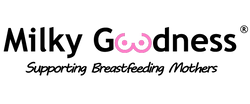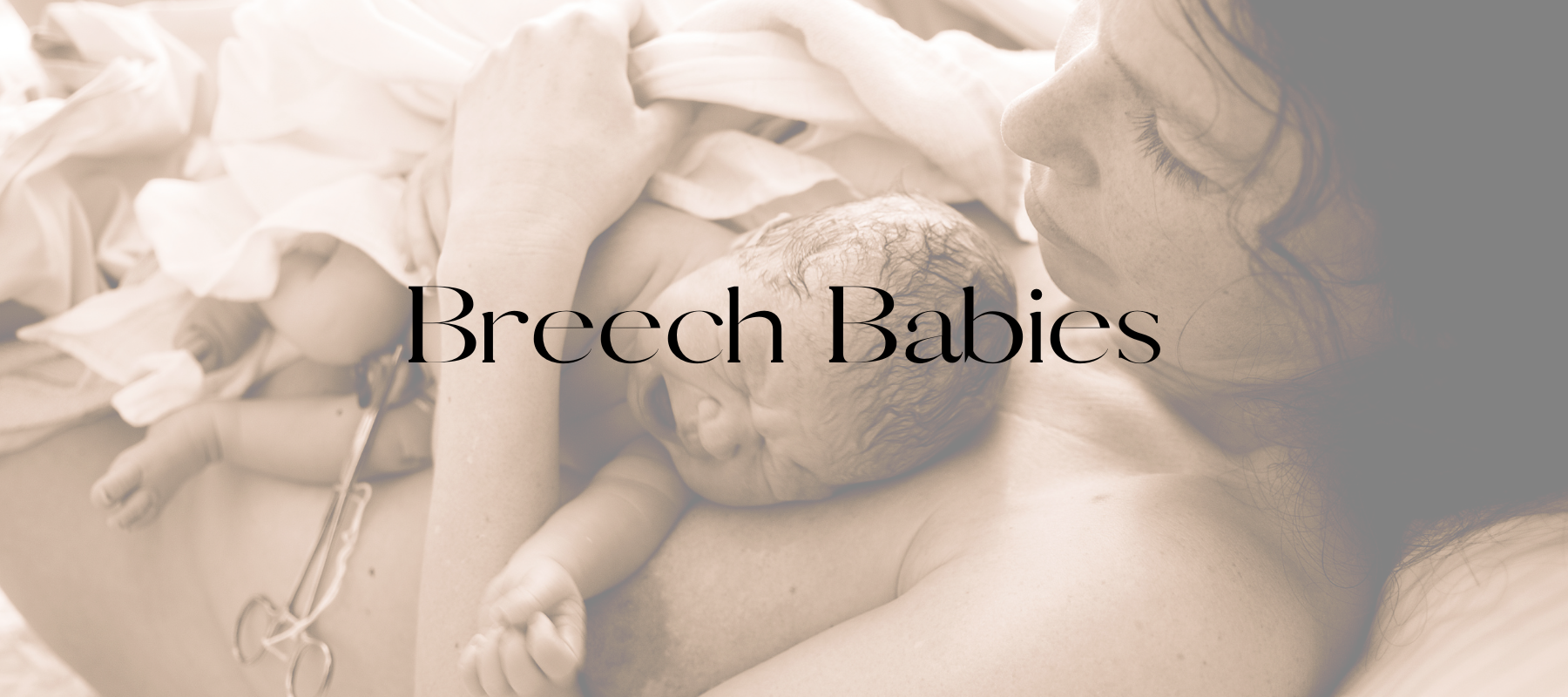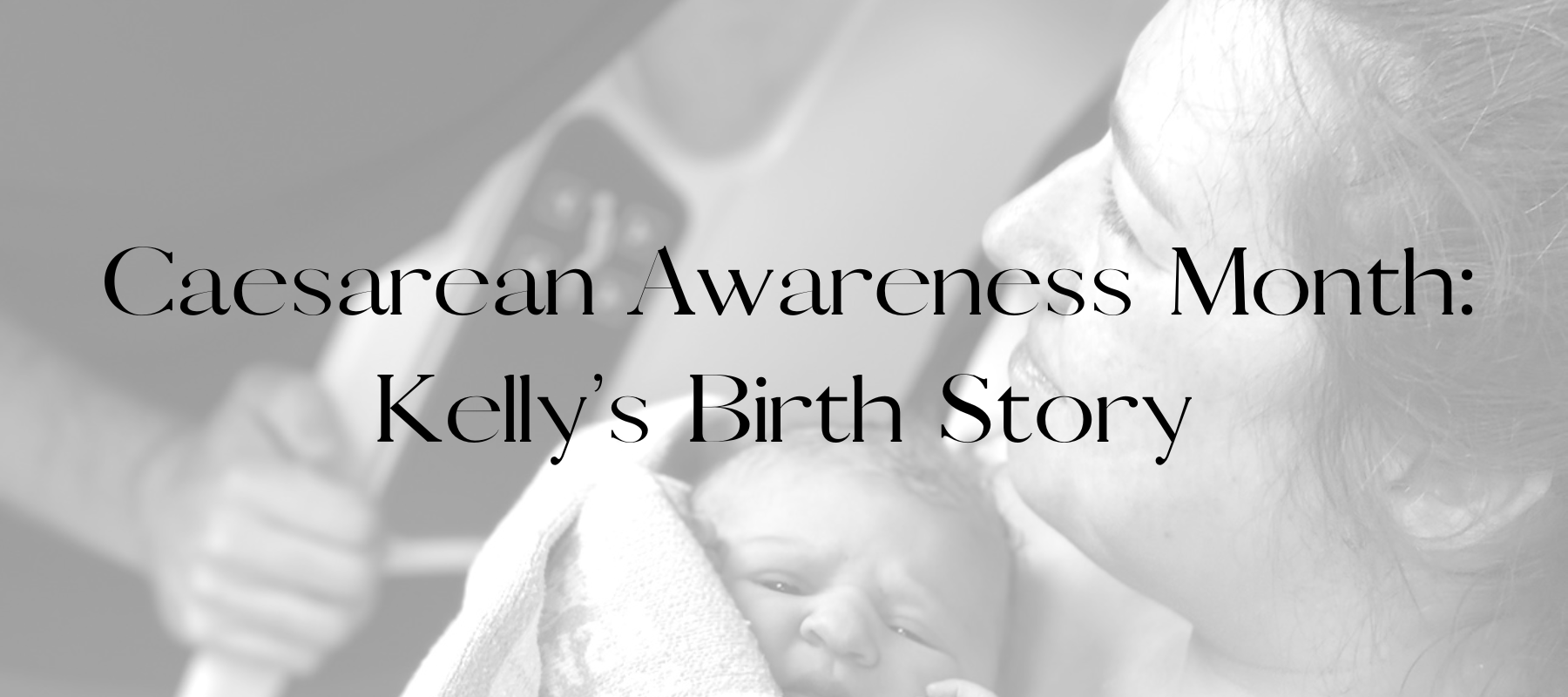Using a nipple shield – what you need to know
If your baby continues to have difficulty attaching to the breast several days after birth, your healthcare provider may recommend the use of a nipple shield.
This shield should look like a thin flexible silicone ‘crown’ or ‘hat’. It is used to assist and promote a deeper latch when attaching your baby to the breast. There are several different shapes and sizes of nipple shield, and it’s important to ensure you have the correct size prior to use!
Nipple shields should be recognised as a temporary intervention, similar to using training wheels on a bike. They are designed to help train your baby on the breast in cases of short/flat inverted or non-pliable nipples. This is because the shield offers ‘length’ to the nipple which helps to stimulate your baby’s sucking reflex. This reflex is stimulated when the nipple touches the junction between the hard and soft palate (located at the back of your baby’s mouth).
When introduced for inappropriate reasons and without the correct technique, nipple shields can actually cause further damage to the nipple and areola as well as inhibit effective milk transfer.
So, when is the best time to use a shield?
Nipple shields should be introduced only once lactation changes have occurred and the milk has started to ‘come in’ (usually >72hrs after birth!)
Contrary to popular belief, nipple shields are not commonly indicated to protect and/or repair damaged nipples. This is because along with their introduction comes other considerations such as:
- Is there effective milk transfer with a barrier now in place?
- Is baby able to attach to adequate breast tissue as well, not just to the nipple?
- Will the decreased direct stimulation on the breast negatively impact breastmilk supply?
- Will the shield cause further damage to the nipple due to friction?
- Is baby able to then transition off from the shield and return to breastfeeding directly?
All of these considerations are why it is important that nipple shields are not introduced without the support and guidance of a trained professional.
The most common indication for shield usage is to help lengthen a short/flat/non-pliable or inverted nipple.
Using the nipple shield:
- Before using your nipple shield, make sure you wash your hands thoroughly.
- Prior to use, make sure your nipple shield is clean by using warm soapy water to wash and then rinse well in distilled or cool boiled water. (you’ll need to sterilize the shields regularly too!)
- Gently massage the breast for a few moments. Hand express or express via electric pump to start the flow of colostrum/breastmilk.
- Once the milk is flowing easily, you can use this to ‘prime’ the nipple shield.
- Position the nipple shield by semi-inverting it and centre the nipple. Flip the shield back the right way so that it suctions to the breast with the nipple centred inside the shield.
- Use the breastmilk you expressed to half fill the shield, this gives your baby an initial mouthful of milk and encourages continued sucking.
- Position yourself and baby comfortably and use the nipple shield to gently stimulate your baby to open their mouth.
- Once their mouth is wide like a yawn and tongue down and forward, attach deeply, ensure the nipple and shield reach the back of your baby’s mouth for optimal attachment.
- Look/Listen and feel for your baby’s nutritive sucks. You should see a slow and purposeful movement of the jaw with the majority of sucks and hear frequent audible swallows.
- Once your baby tires/needs regular prompting, detach and check the shield for milk, if there is milk remaining this is usually a good indication there has been milk transfer through the shield!
- Observe your baby’s behaviour too, is your baby well satiated following the feed? If still showing feeding cues, offer them the other breast, with or without the shield as required. If using the shield on the other side as well, repeat the same steps, massage, expression and prime the shield prior to attaching.
After the feed:
If your milk supply is still establishing, use an electric breast pump to express for 10-15 mins following the breastfeed. This is because the shield can reduce direct nipple contact and breast stimulation and may impact your supply whilst it is still establishing.
Wash the nipple shield with hot soapy water, rinse well and let air dry. You will want to sterilize the shields regularly also, as bacteria can build up over time! Store in a clean dry place ready for the next breastfeed.
Follow-up:
Nipple shields are not usually designed to be for ongoing use. They are often introduced as a training tool to help your baby to learn how to attach to the breast well, whilst their anatomy and sucking technique matures. You will usually be encouraged to gradually try removing the shield and assessing how your baby will cope on their own.
For this is it often necessary to seek breastfeeding support from a trained professional such as your community midwife or a lactation consultant.
When to ask for support:
- If your baby is not feeding frequently and well
- If your baby is not producing frequent wet nappies and/or gaining adequate weight
- If your nipples are damaged/cracked or bleeding
- If you are unable to attach baby well with/without a nipple shield.
Nipple shields can be a fantastic tool to support breastfeeding mothers who are unable to attach their baby to the breast. In a lot of cases, shields are the only way in which a baby is able to learn how to breastfeed well! In order to promote optimal usage, ask your healthcare provider to help guide you through shield introduction and ensure ongoing success. 😊
Shop the Milky Goodness®️ Nipple Shields
Written by Keryn Thompson RM & IBCLC (L-301766)
References
Auerbach, K., 1990. The Effect of Nipple Shields on Maternal Milk Volume. Journal of Obstetric, Gynecologic & Neonatal Nursing, 19(5), pp.419-427.
Eglash, A., Ziemer, A. and McKechnie, A., 2010. Health Professionals' Attitudes and Use of Nipple Shields for Breastfeeding Women. Breastfeeding Medicine, 5(4), pp.147-151.
Kronborg, H., Foverskov, E., Nilsson, I. and Maastrup, R., 2016. Why do mothers use nipple shields and how does this influence duration of exclusive breastfeeding?. Maternal & Child Nutrition, 13(1).
McKechnie, A. and Eglash, A., 2010. Nipple Shields: A Review of the Literature. Breastfeeding Medicine, 5(6), pp.309-314.
Wilson-Clay, B., 1996. Clinical Use of Silicone Nipple Shields. Journal of Human Lactation, 12(4), pp.279-285.



